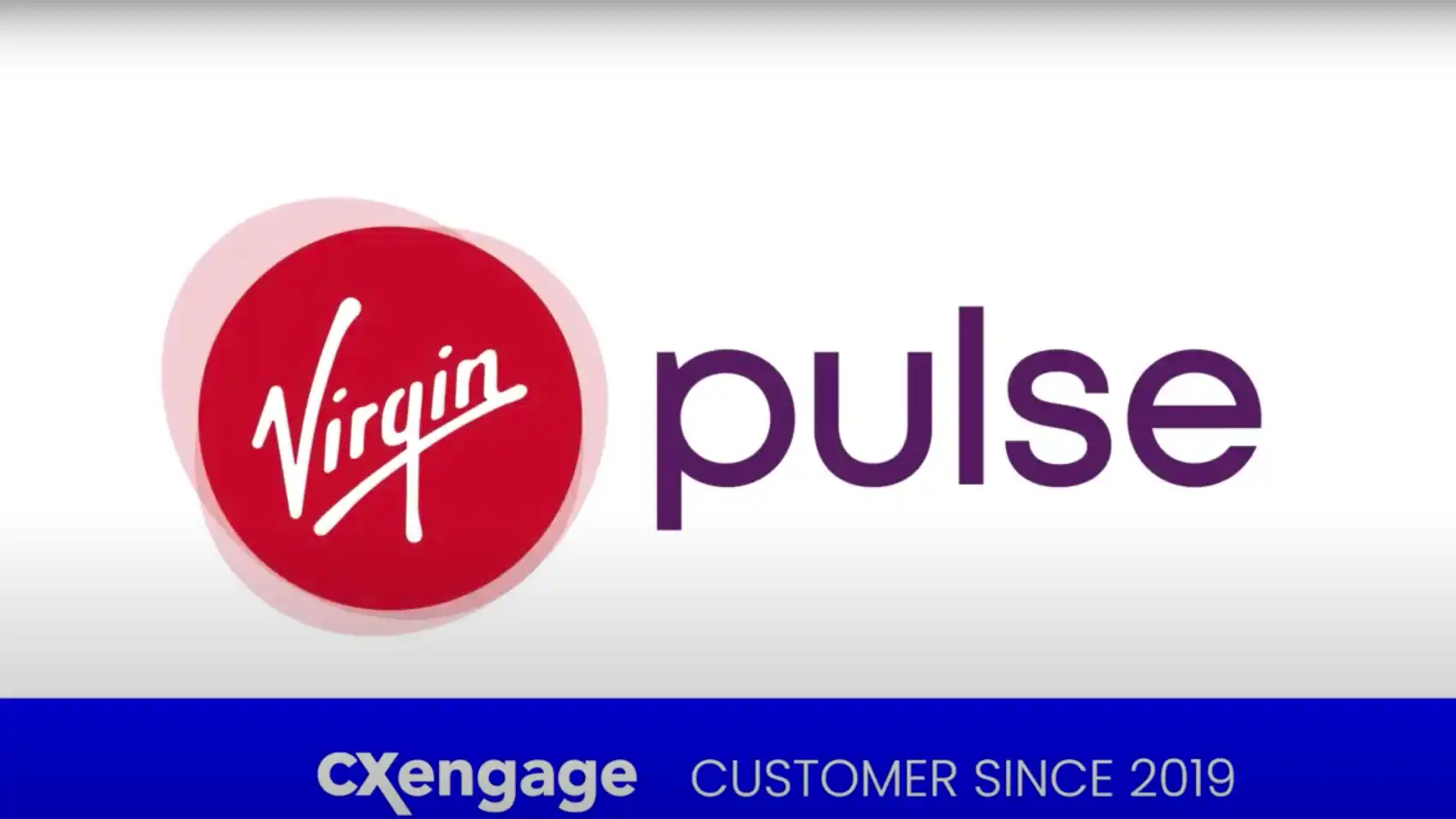Yesterday, at the Austin Contact Center Alliance’s Emerging Technologies for CX event, Serenova and more than 30 contact center executives and technology thought leaders discussed customer experience (CX) challenges and how emerging technology can help.
Here’s what was on their minds:
Weighing Advantages and (Perceived) Risks of the Cloud
Industry-wide, when it comes to the cloud, today’s contact centers are in a state of flux. This group was no exception, with about equal parts already migrated, in-process, planning or considering a cloud implementation. Despite growing adoption, many contact center leaders still are moving forward cautiously as they work through risk versus benefit of the cloud.
The panel addressed these three key benefits of cloud contact centers, all of which directly and positively affect CX:
Security
For most contact centers, the cloud means increased security. That’s because most cloud solutions leverage the massive infrastructure and expert security know-how of cloud services providers such as Amazon Web Services and Microsoft Azure.
Scalability
With the cloud, it’s easy to quickly add or remove agents as needed. This is especially important for seasonal businesses like retailers or any contact center with unpredictable or fluctuating volume.
Cost
When hardware and software are in the cloud, capital expenses and ongoing system maintenance are reduced significantly, and it’s the provider’s responsibility to manage them without interruption to your contact center.
Ensuring Post-Migration Success
The technology experts on the panel emphasized the importance of fully understanding how a cloud migration will affect all stakeholders—from IT to agents to finance—and bringing concerns to prospective vendors. As one of the experts shared, “If you’re hearing questions from IT about how they’re going to get to the technology when it’s in the cloud, a prospective vendor should be taking the time to address those concerns, as well as clearly communicate the other benefits—like not having to spend time and resources on physical infrastructure management.”
The experts shared that even with the ultimate benefits, change management is essential to successful cloud migration. As one expert pointed out, “This is about more than just buying technology benefits. Choose a partner committed to solving your problems long-term. That means they have an experienced implementation team working with you through implementation and an ongoing, post-implementation customer success team to help you every day to get the most out of what you bought.”
Is Technology the Answer to Contact Centers’ Biggest Challenges?
In a recent Austin Contact Center Alliance survey, agent recruitment, retention and productivity were cited by members as their top three priorities. In fact, these are industry-wide issues that impact CX. So, it wasn’t surprising that the group had questions about how emerging technology can help in these areas. For example, are advances in artificial intelligence (AI) and interactive voice response (IVR) the solution? The answer is yes. And no.
Yes, automation is helping by taking care of the most basic customer service needs, such as password reset—rudimentary tasks agents find monotonous. But don’t let technology get in the way of a good customer experience. Not all issues can be resolved well through self-service. It’s easy to alienate customers by forcing them to self-serve when they want to talk to a person.
When customers are dealing with problems they can’t easily solve on their own, contact centers need to make the transition to an agent quickly and seamlessly. Once the transition is made, omnichannel solutions that give agents a complete, historical view of the customer’s interactions create a positive experience for customers as well as agents.
A successful transition is a win in the important areas of agent recruitment, retention and productivity. Here’s why: AI and IVR can’t provide empathetic human connections. And the benefit of those connections is twofold. Not only does it mean better CX, but it creates a more meaningful and rewarding work experience for the agent, which keeps agents engaged and productive.
Support and Collaboration of Remote Agents
The group also had questions related to support and collaboration for remote contact center agents. While the benefits of at-home agents to a contact center are measurable, managing, training and engaging remote workers has unique challenges. Here too, according to the panel, technology can help.
Quality management solutions allow you to monitor agent interactions with customers wherever they are. You can use the insights from agent performance to address issues your agents may have that impact call quality and CX. Based on agent scores, contact center supervisors can provide instant coaching and feedback.
Gamification, like Serenova’s CXEngage Scoreboard, can also go a long way to improve agent engagement. Contact center solutions that provide metrics, reporting and dashboards, and public wallboards with agent access can positively affect employee attrition and increase productivity.
Yes, Technology Can Help, But Choose Wisely
Emerging technology is available to address the biggest CX challenges facing contact centers, but technology alone is no silver bullet. It takes matching the right technology and partner to your specific contact center needs for a long-term solution that has lasting effects on customer experience. Click here for resources on best practices and solutions to help.






